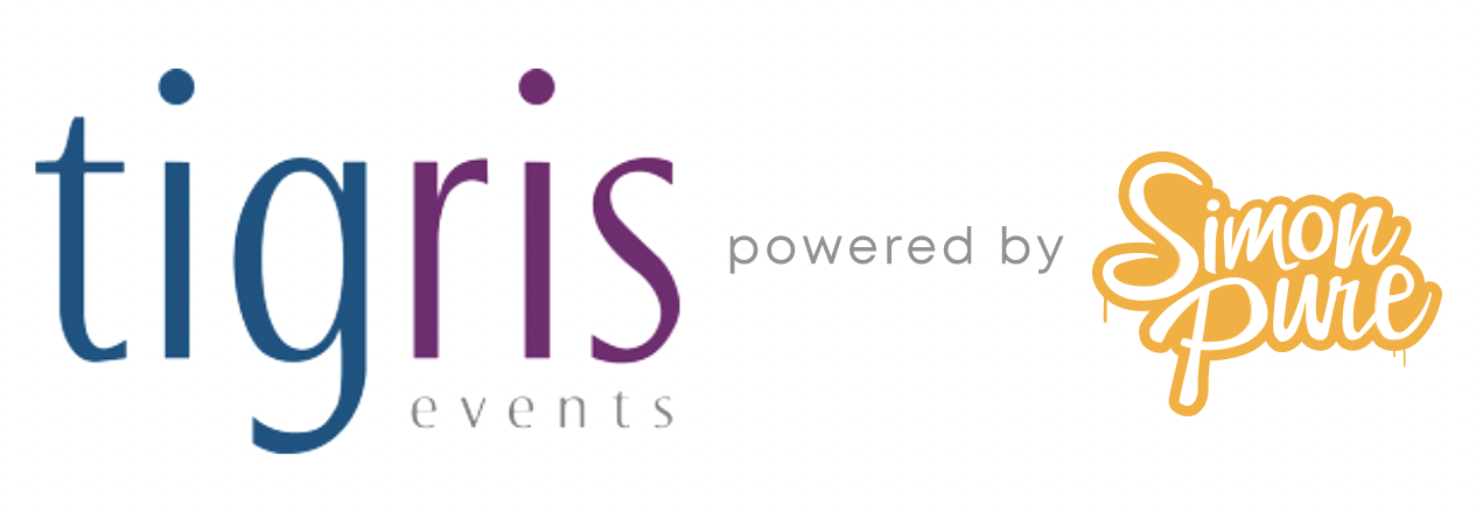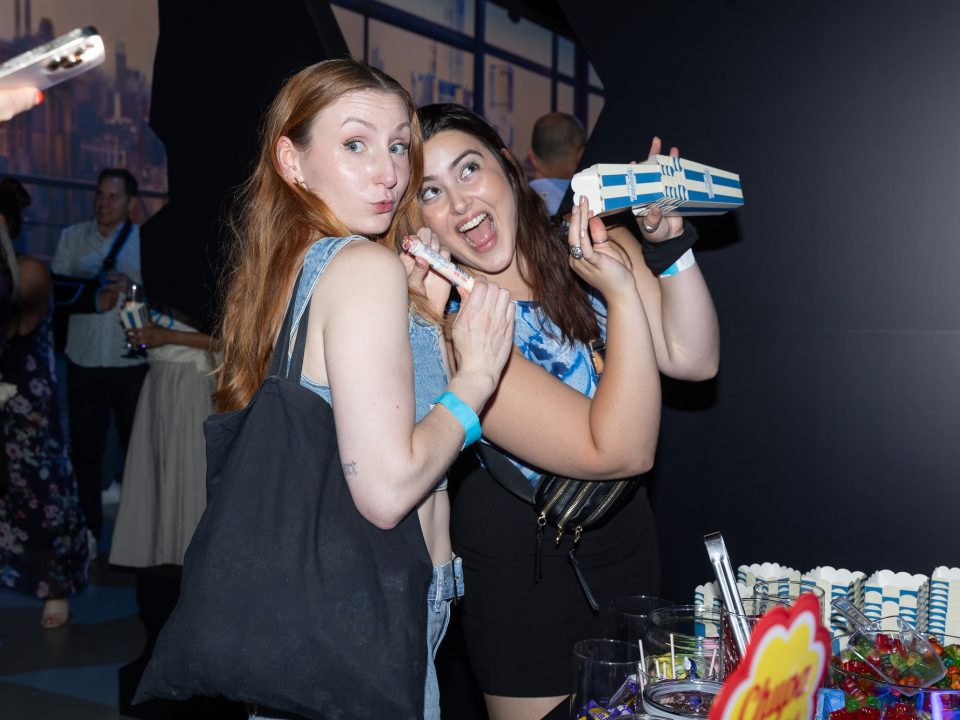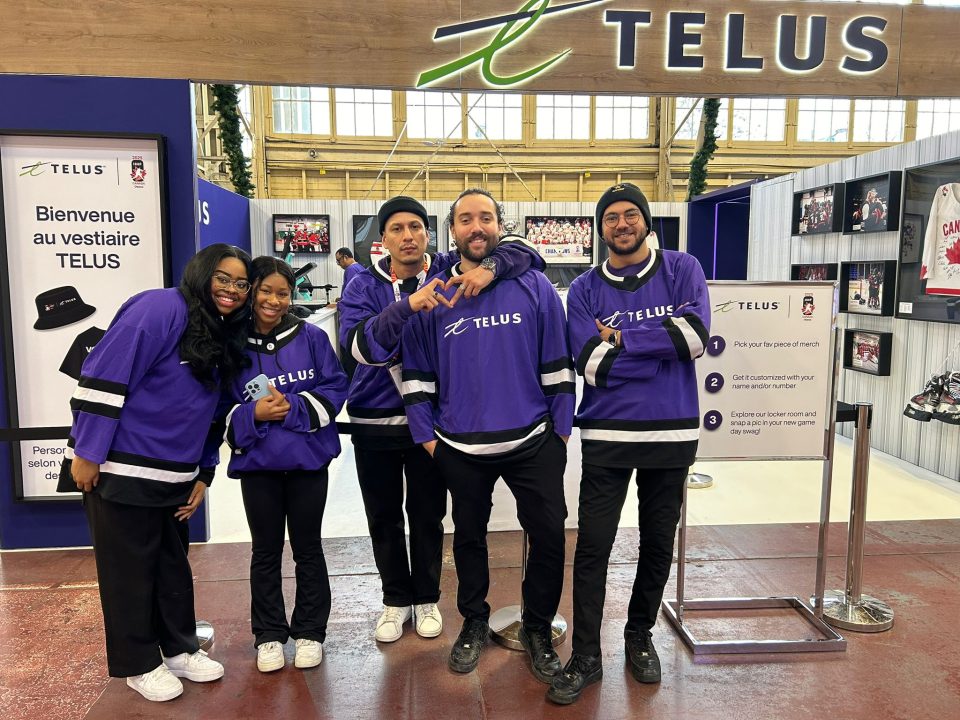Designing Inclusive Experiences: Accessibility in Experiential Marketing

Bite-Sized Branding: How Food Sampling Activations Builds Loyal Customers
October 14, 2025
Event Coordination & Execution: The Secret to Stress-Free Success
October 29, 2025Experiential marketing has the power to bring brands to life.
They engage, capture emotion, and create memorable moments for those in attendance that traditional in-person events fail to capture.
Of course, if your activation isn’t accessible and inclusive, you risk excluding or alienating large segments of your audience – even to the point of undermining the experience you’ve worked so hard to build.
Because of this, accessibility and inclusion are no longer optional. They need to be put front and center when creating experiences where everyone can participate, engage, and feel valued.
Here’s how to design experiential activations with inclusion at the core, backed by best practice and practical tips from the real world.
Why Inclusion and Accessibility Matter for Experiential Marketing
Accessibility isn’t just ethically right, it’s also good business.
Virtually all insights into inclusive marketing underline this point. Take for example a recent Nielsen report which highlights that accessibility features benefit everyone and not only people with disabilities. This is because good will is recognizable and people are increasingly becoming aware of the needs of others even if it doesn’t necessarily apply to them.
The data supports this. According to the Organisation for Economic Co-operation and Development (OECD), designing events for human diversity (whether that’s ability, neuro-type, culture, language considerations) can expand your reach and build stronger brand-loyalty among all your audiences.
In short: if your event only works for some guests, your other guests will likely take notice as well, meaning you’re missing an opportunity to truly engage your full audience.
Think Inclusion From Day One: Pre-Event Planning
For best results, accessibility must be built into your event planning from the start rather than added as an after-thought.
According to one estimate, 16% of the global population live with a disability, so exclusion is a real risk if planning ignores inclusive practices.
Key areas to address early include:
- Registration & ticketing platforms: making allowance for accessibility preferences (mobility, hearing, sight depending on the registration setup).
- Venue selection: accessible entrances with ramps, circulation considerations, as well as signage and lighting reviews.
- Staff training: make sure your teams understand diverse potential needs of guest assistance.
- Marketing & communications: accessible digital assets (such as using alt-text or captions), plain-language materials and multilingual support where possible.
By embedding inclusion early, you set the tone for an event where everyone belongs.
On-Site Design: From Flooring to Flair
Once your event is under way, the physical and experiential environment must support accessibility.
Among key considerations:
- Wayfinding & signage: Use high-contrast signage, non-glare surfaces, accessible map/layout, and clear directional cues.
- Sensory-friendly zones: For neurodivergent guests, it helps to provide quieter areas, low-stimulus décor options and clear instructions.
- Universal access: Ramps, wide aisles, clear sightlines, seating for companions, hearing loops or captioning. The “curb-cut effect” reminds us that accessibility features benefit many more people than originally intended.
- Inclusive food & drink options: Consider dietary restrictions such as including vegetarian or vegan options, consider choking hazards for younger attendees, and even packaging accessibility (people with limited dexterity).
When every touchpoint is designed to include, guests feel safer, valued and more willing to engage.
Post-Event & Beyond: Sustaining the Inclusive Promise
Inclusion doesn’t end when the lights go down. Post-event steps can amplify impact and credibility.
Consider the following:
- Accessible content: Share transcripts, captioned videos, accessible photo galleries and alt-text for images.
- Impact metrics: Using the right event technology, this could include questions on accessibility/experience in your surveys and publish inclusive metrics (e.g., % of attendees with access needs served).
- Continuous improvement: Use attendee feedback to refine future activations and invest in inclusive standards rather than treating them as one-off.
When brands are consistent in inclusion, they build reputation, resilience and loyalty.
Final Thoughts
Creating inclusive experiential marketing isn’t just about compliance or checking a box, it’s about designing for people, all people, with diverse needs and experiences.
When you invest in inclusive infrastructure, thoughtful staffing, and accessible engagements, you unlock broader reach, deeper connection and stronger loyalty.
At Tigris Events (powered by Simon Pure), we’re committed to helping craft activations where every guest belongs, every story matters and every experience is memorable for the right reasons.
Contact us to explore how we can help you design inclusive experiences that truly resonate.
FAQ: Accessibility in Experiential Marketing
- What is “inclusive experiential marketing”?
Inclusive experiential marketing means designing activations and events that consider diverse attendees (ability, neurotype, language, culture) so everyone has equitable access and meaning.
- Do accessibility features only benefit people with disabilities?
No. As some reports show, accessibility features benefit all users (for example, subtitles help non-native speakers and people in loud venues).
- When should accessibility be addressed in event planning?
From day one. Accessibility should be embedded in registration, venue selection, staffing, signage and marketing, not tacked on at the last minute.
- How can staff help make the guest experience inclusive?
By being trained in inclusive language, being aware of diverse guest needs, offering support, and fostering belonging, not just performing their role mechanically.
- How do I measure whether my event was inclusive?
Use feedback surveys with accessibility-specific questions, review attendance diversity metrics, capture “did access needs get met” data, and publish insights for continuous improvement.




